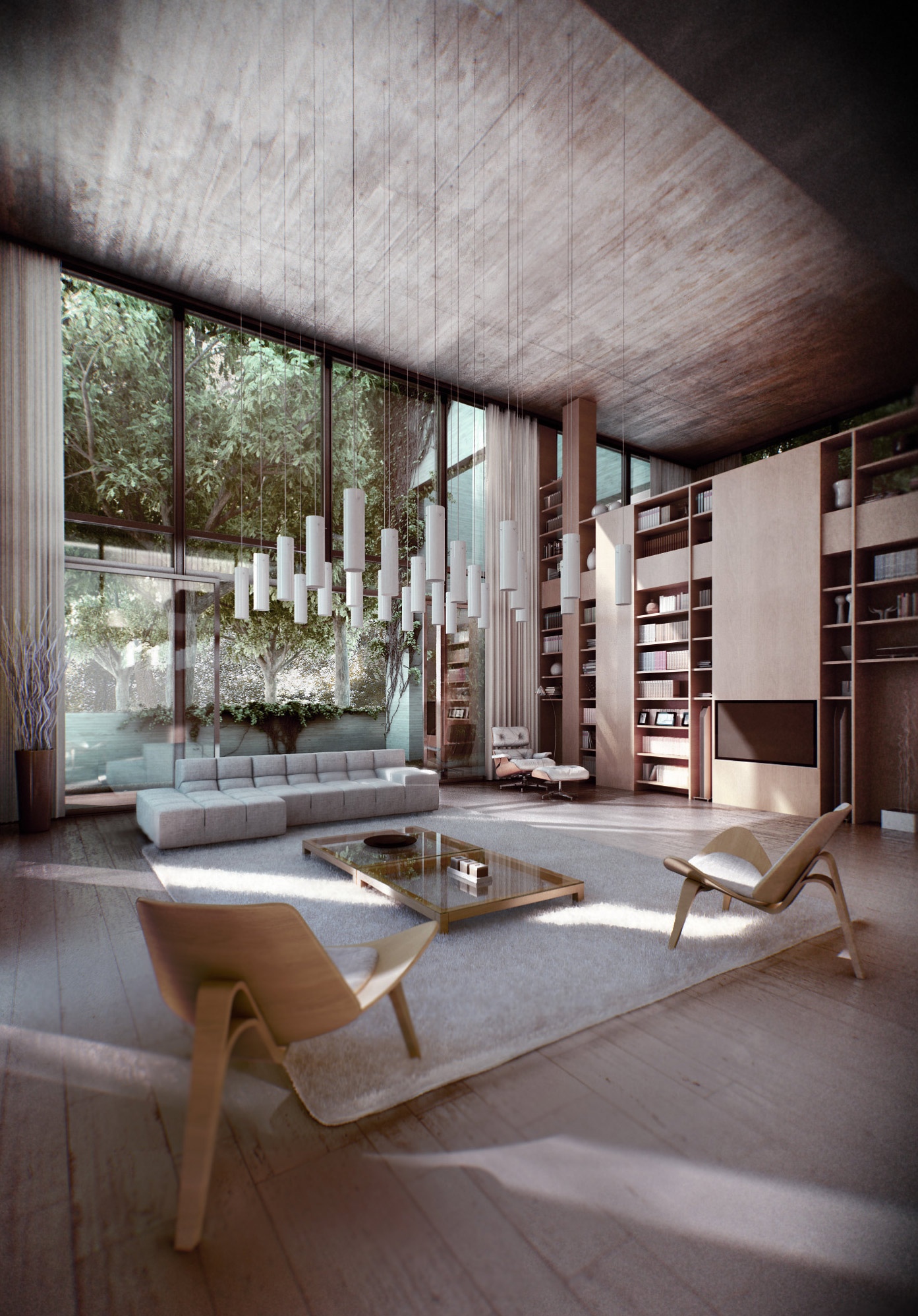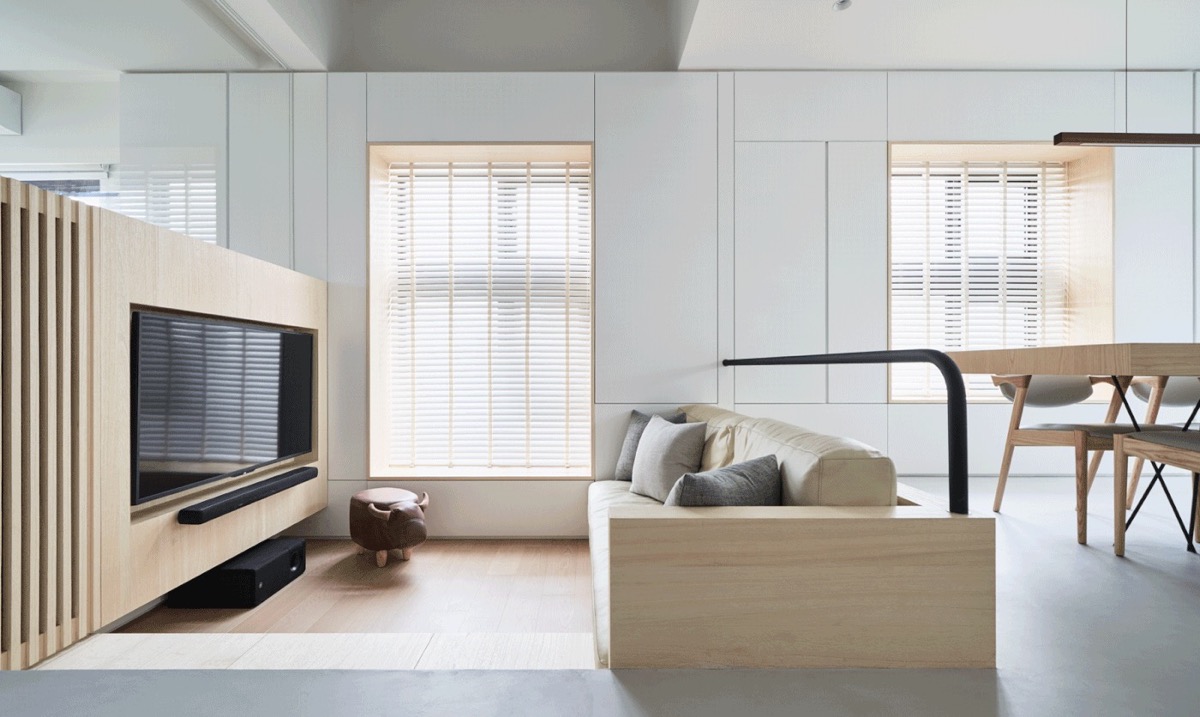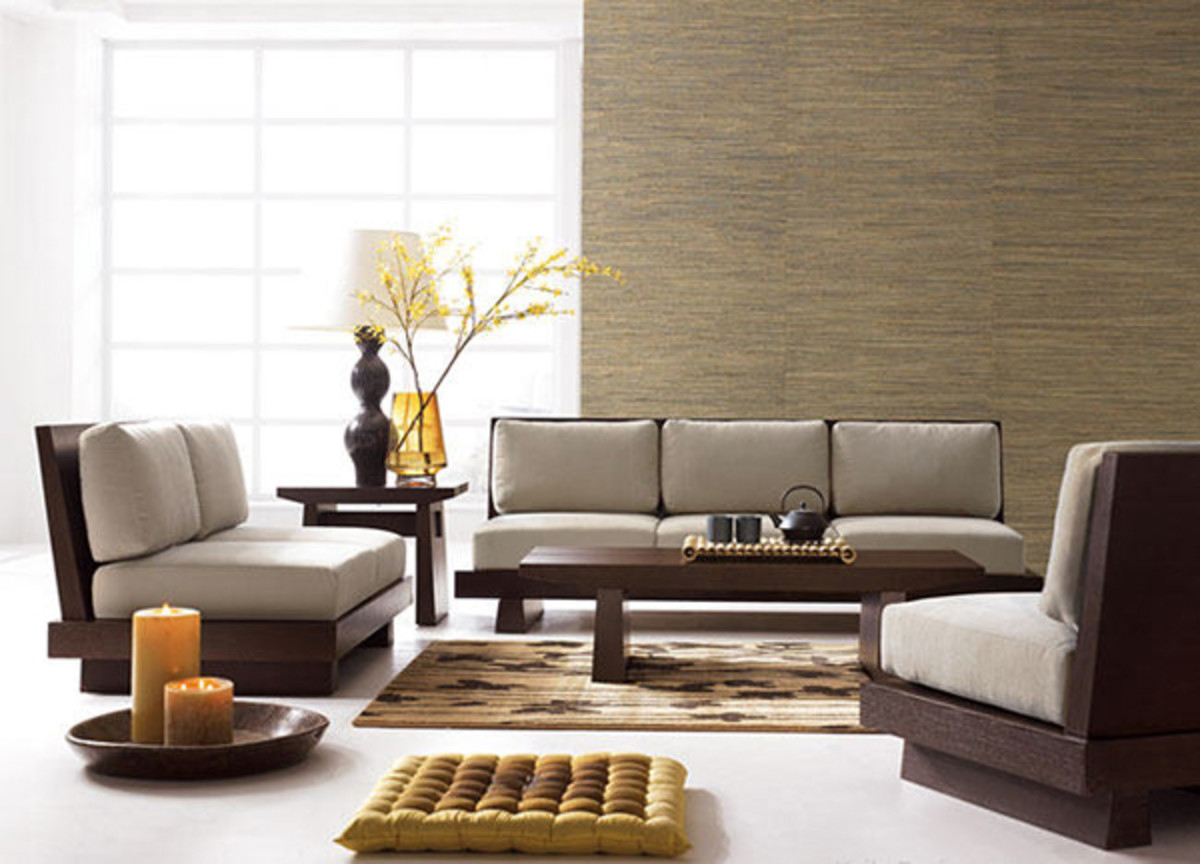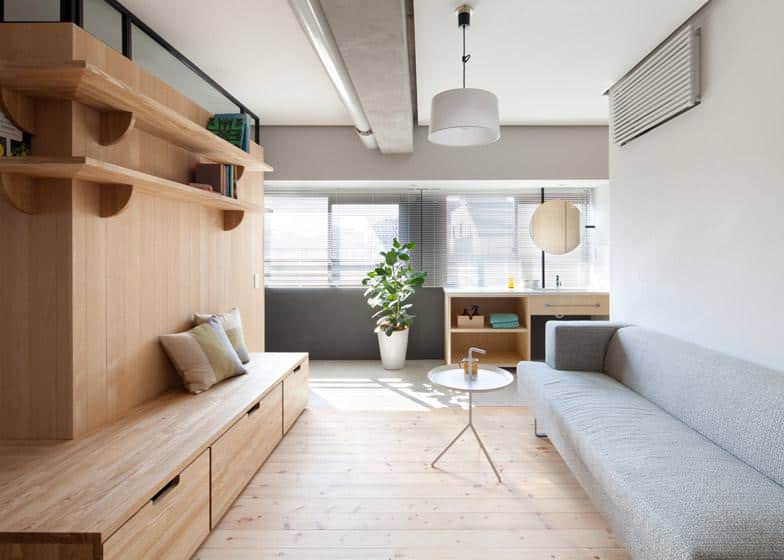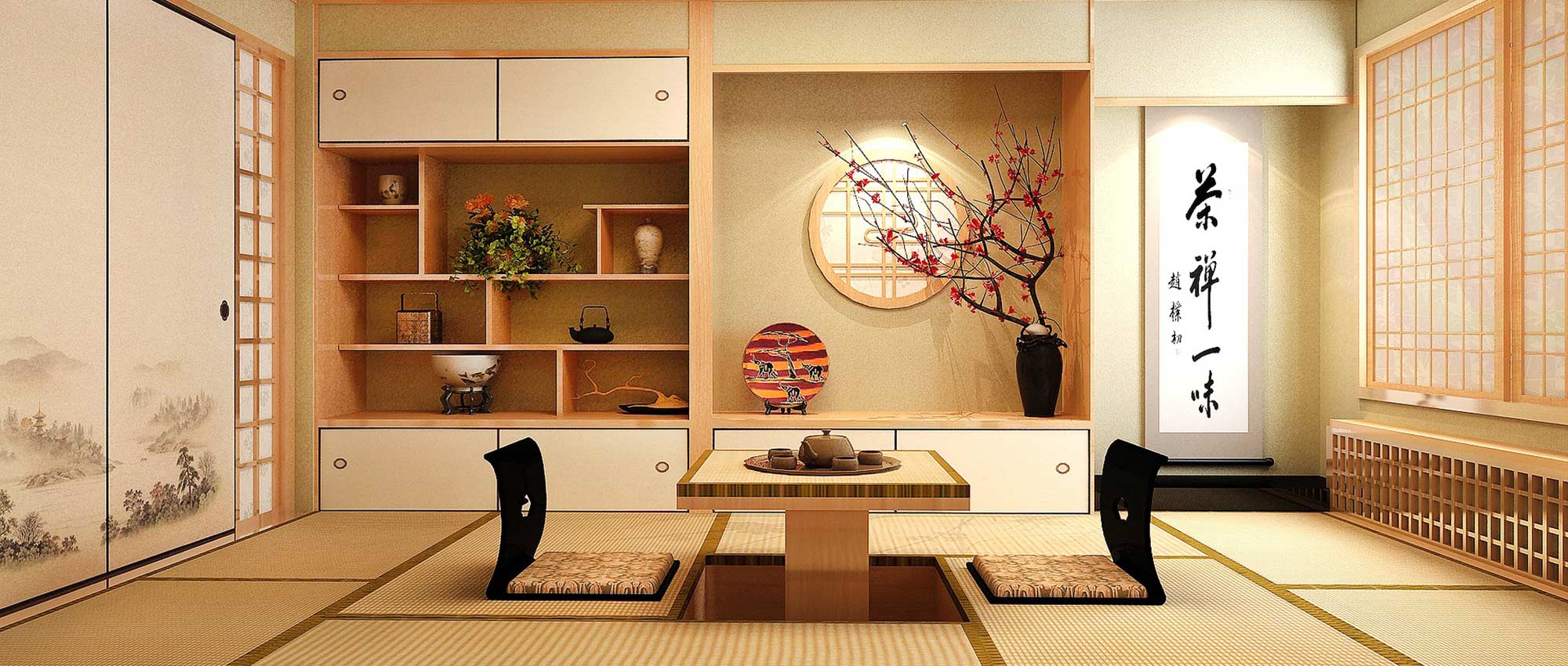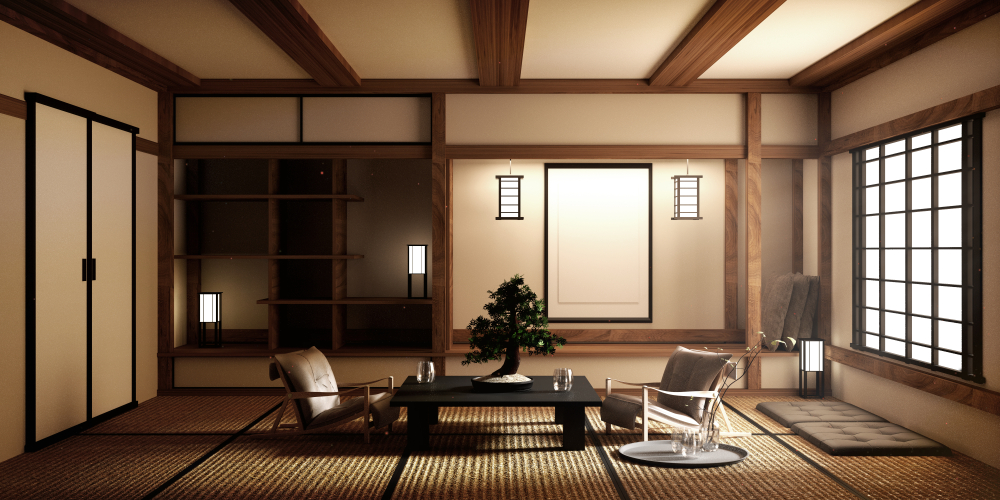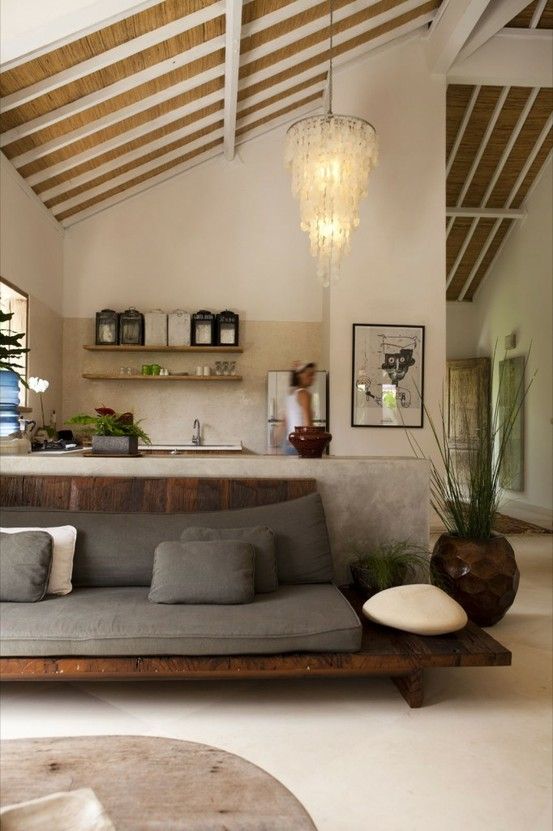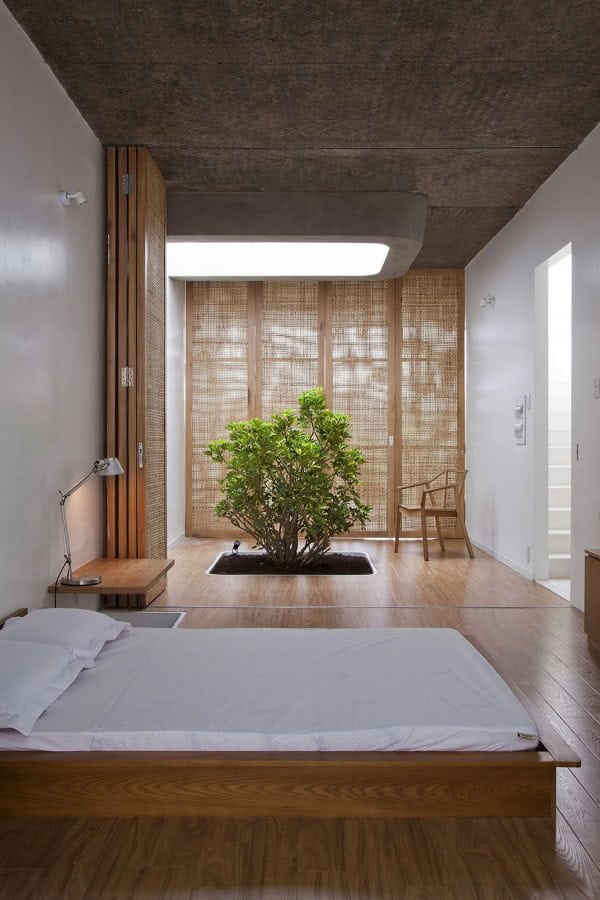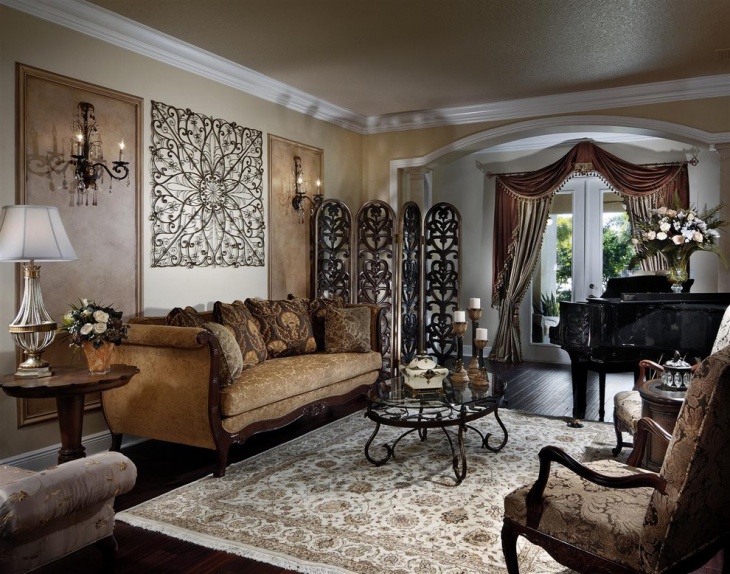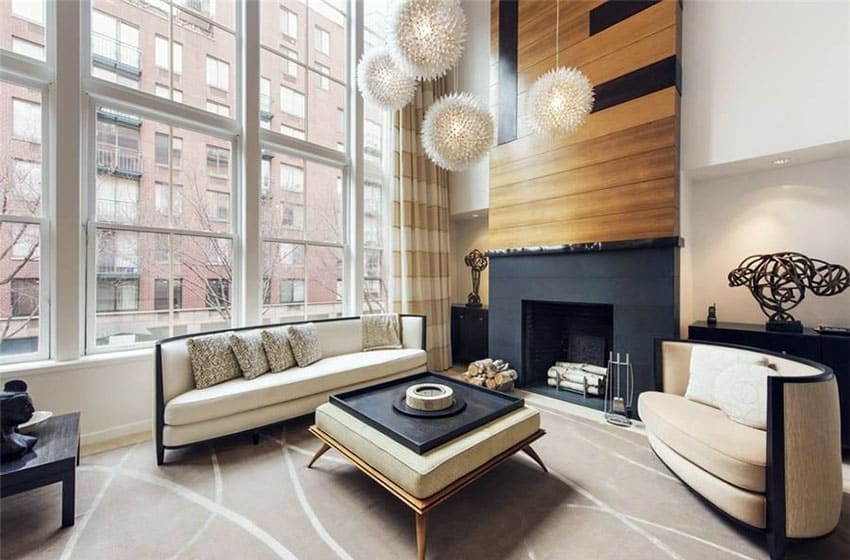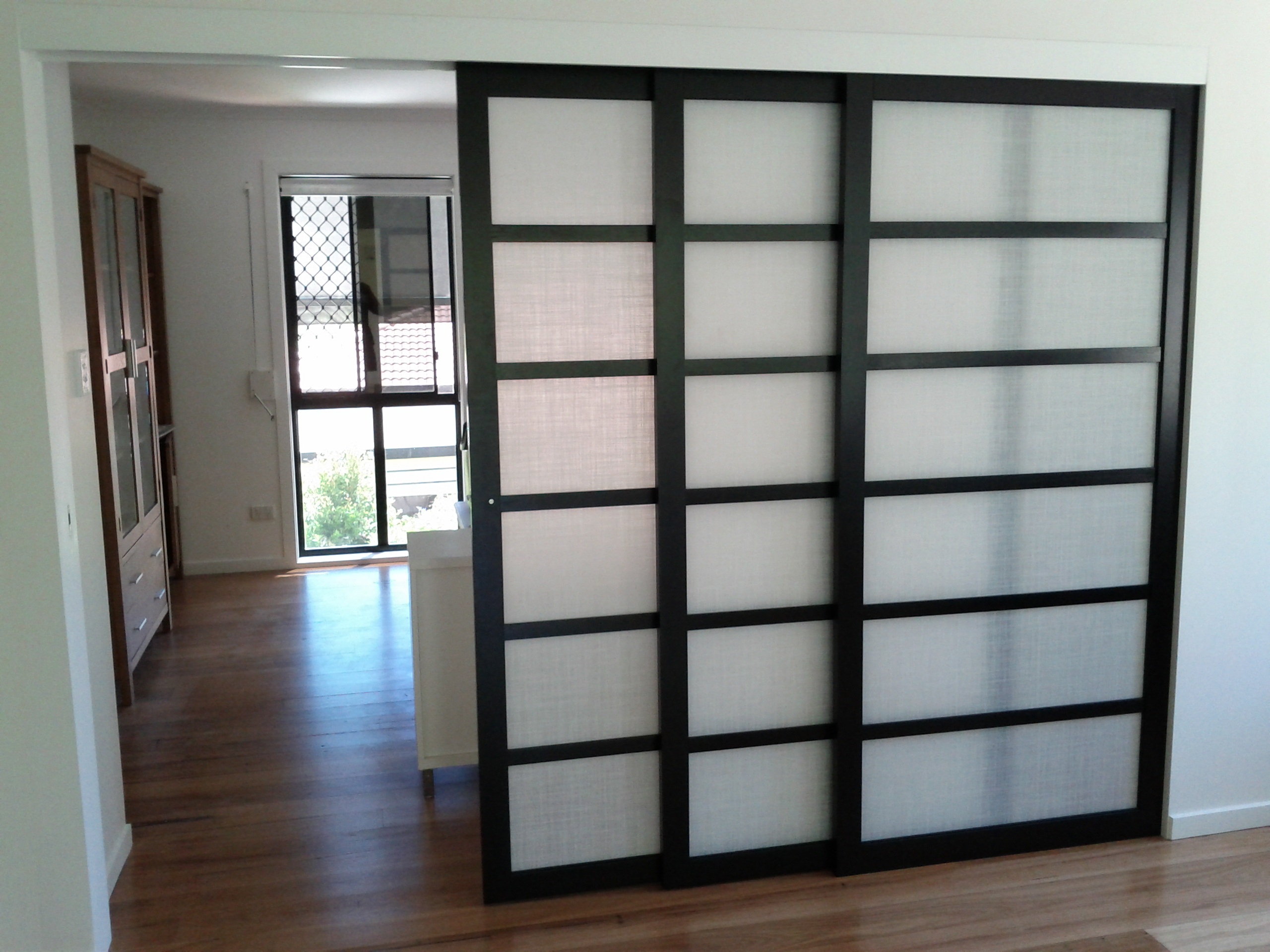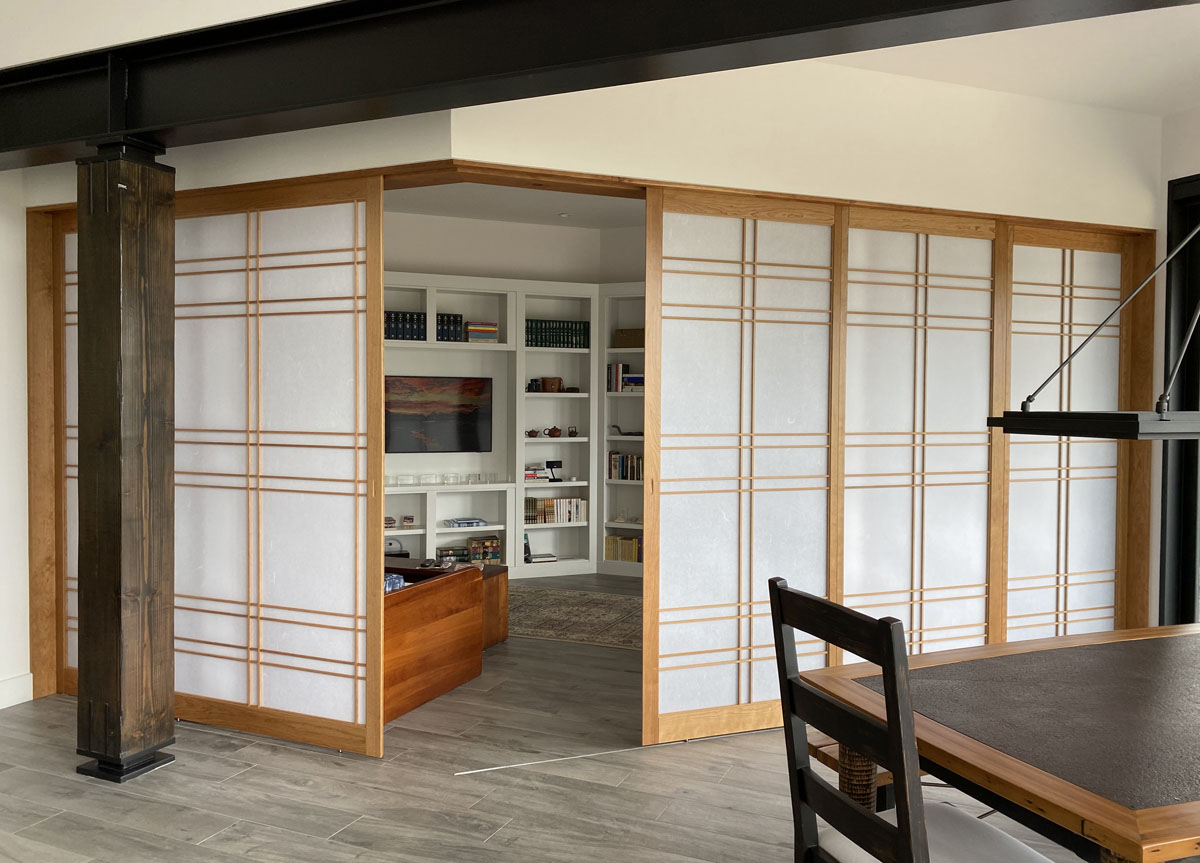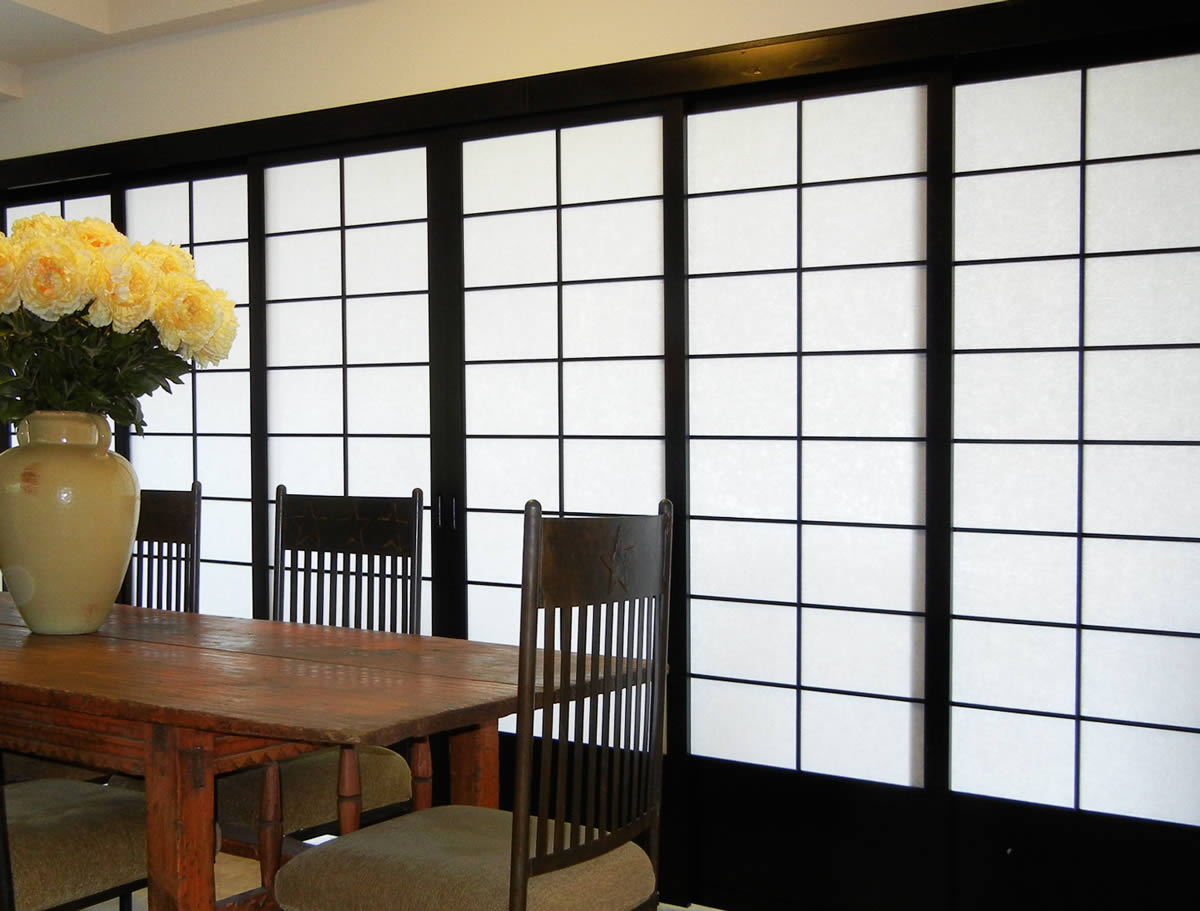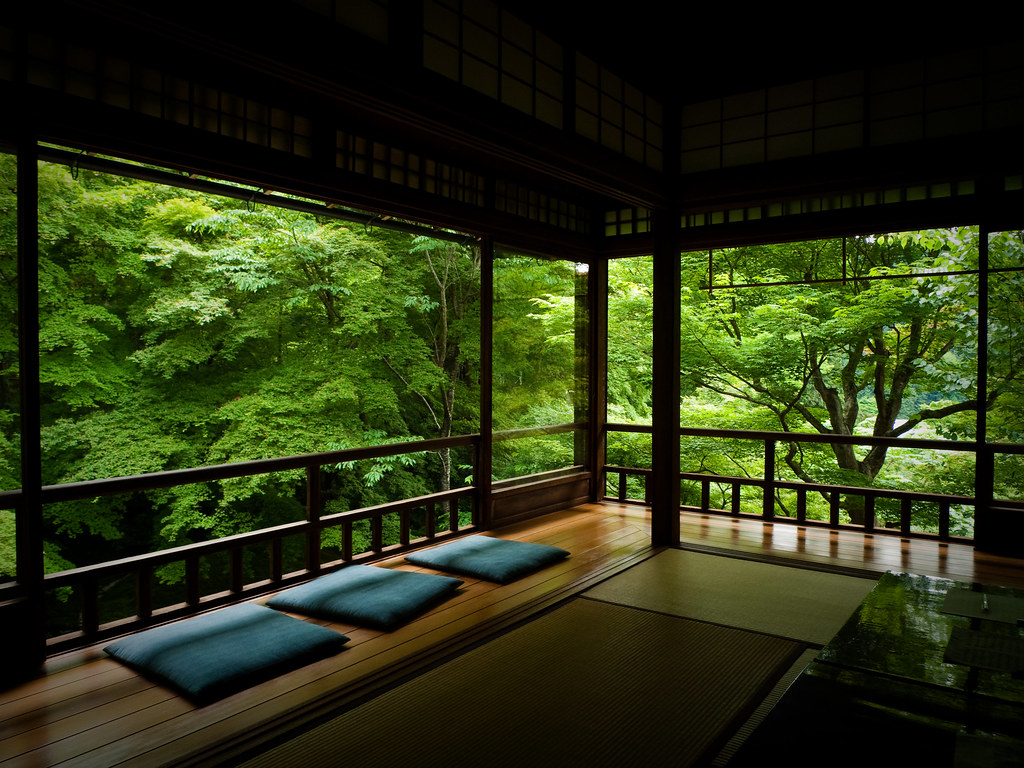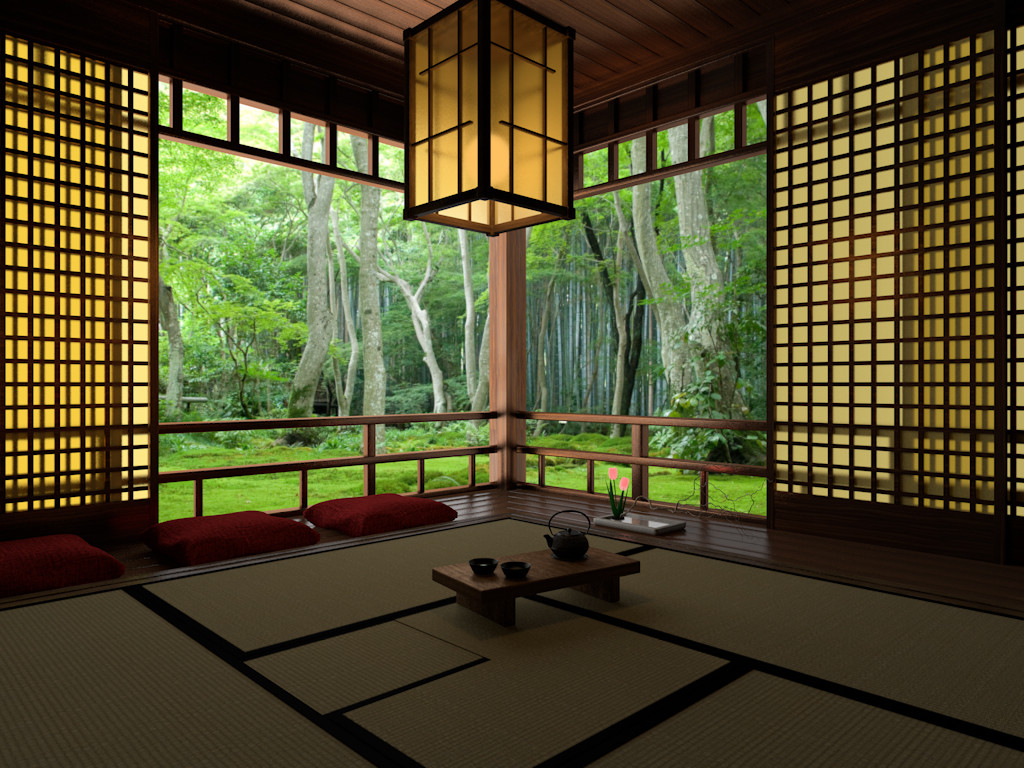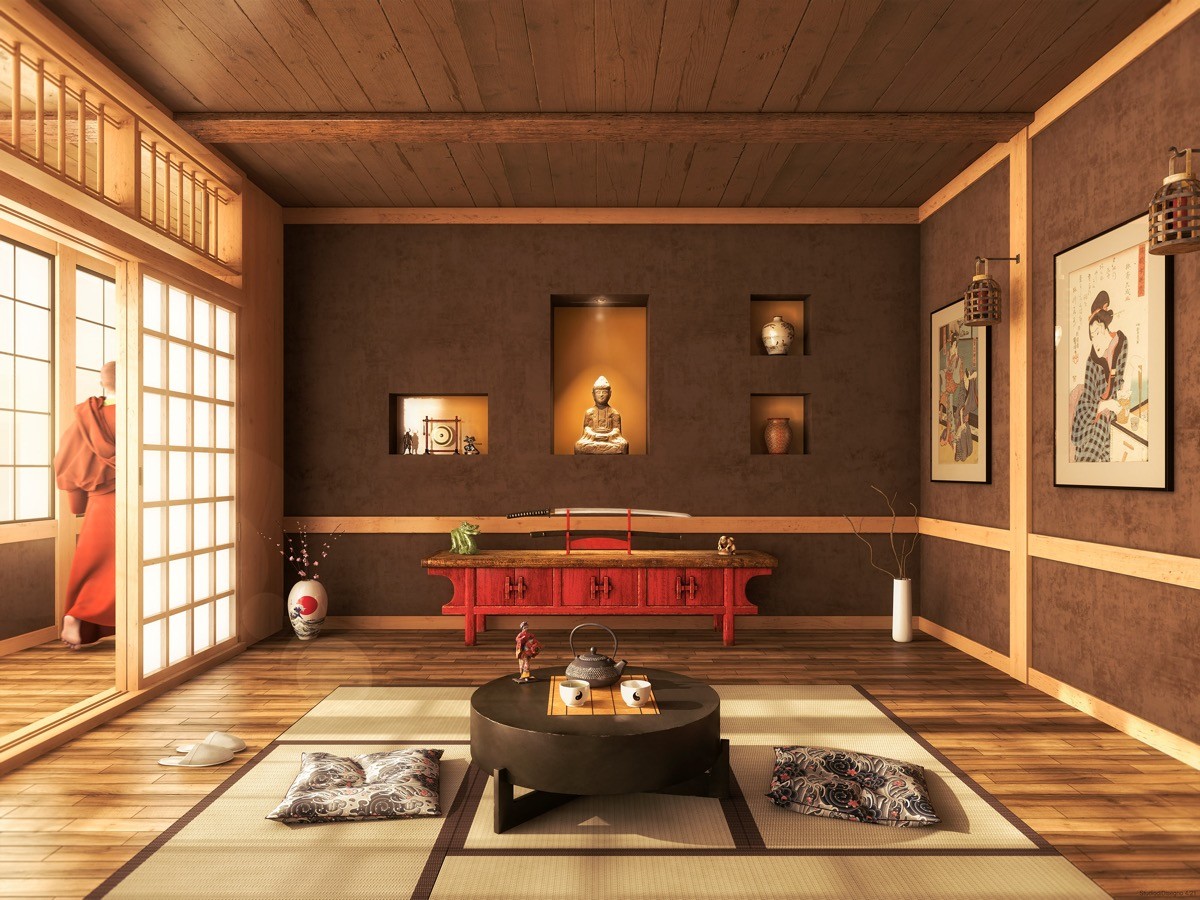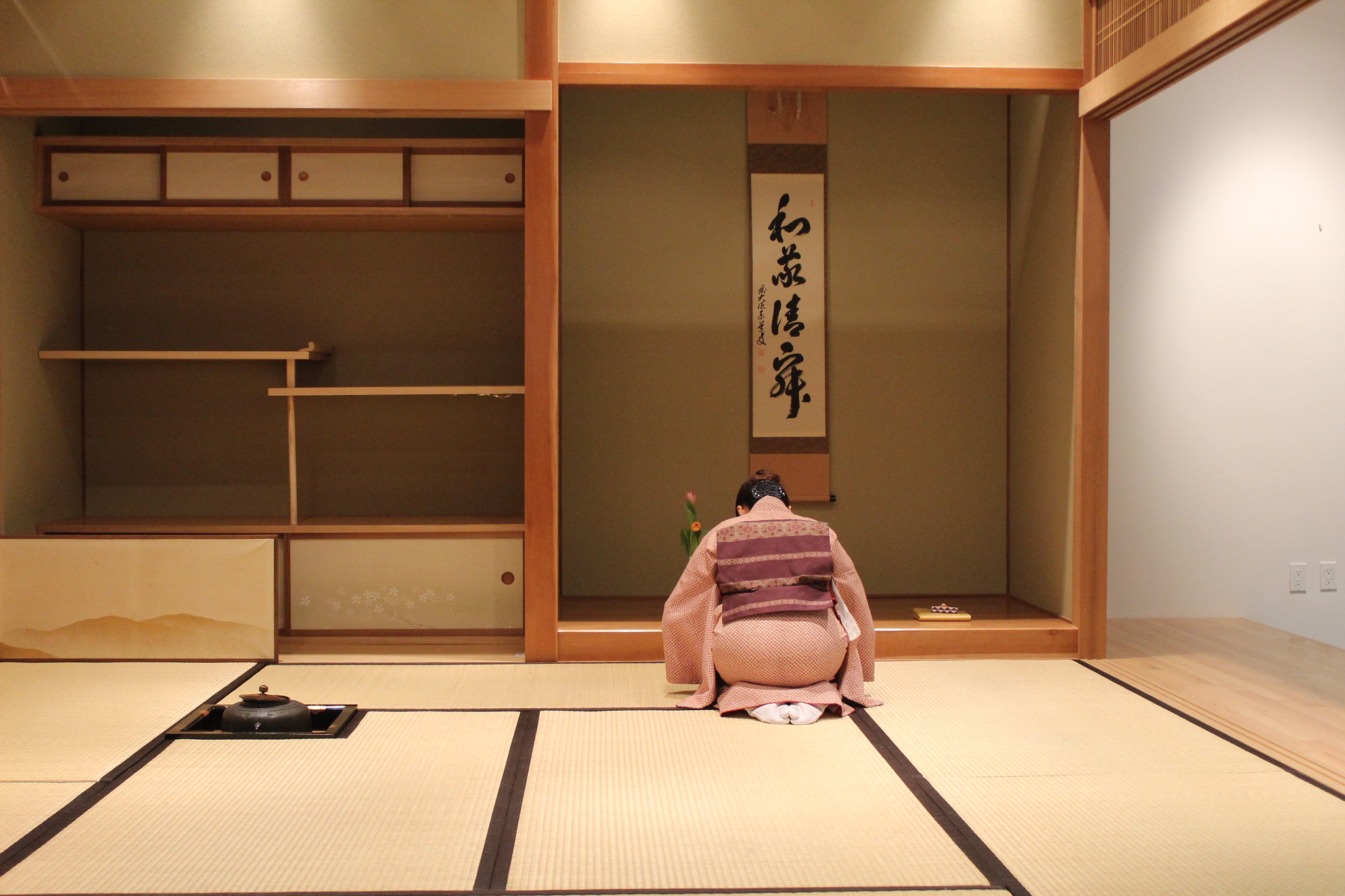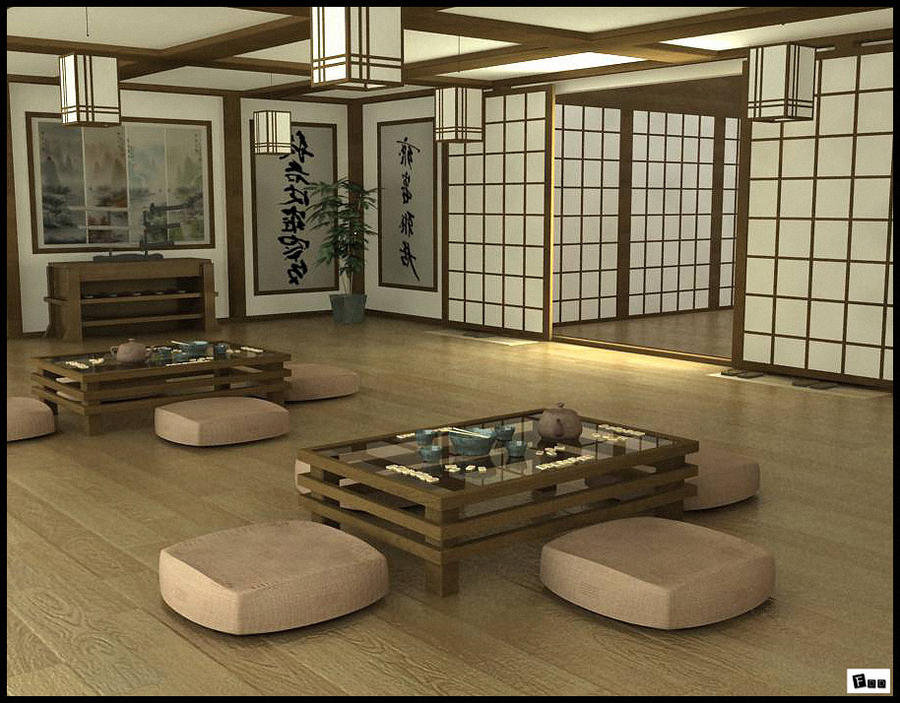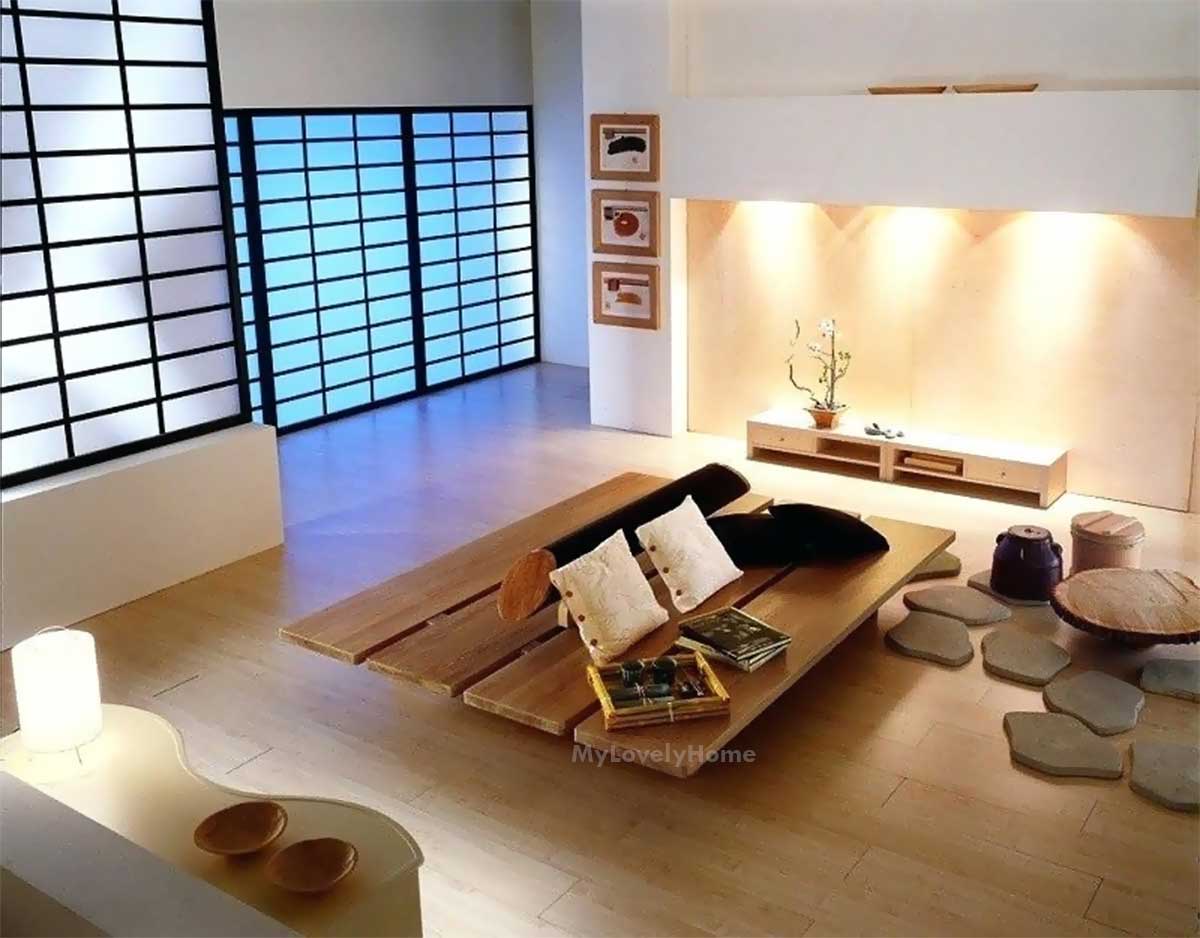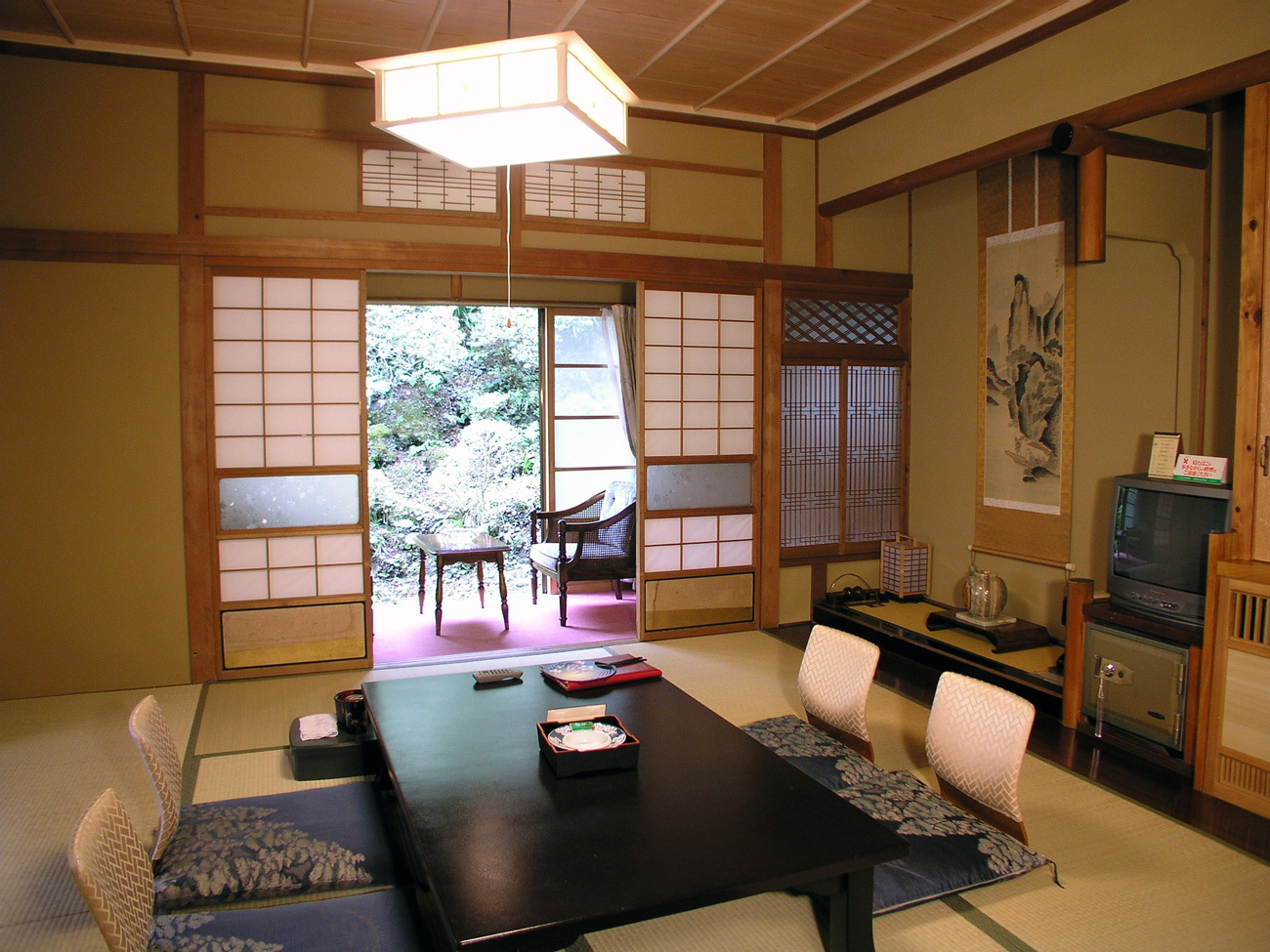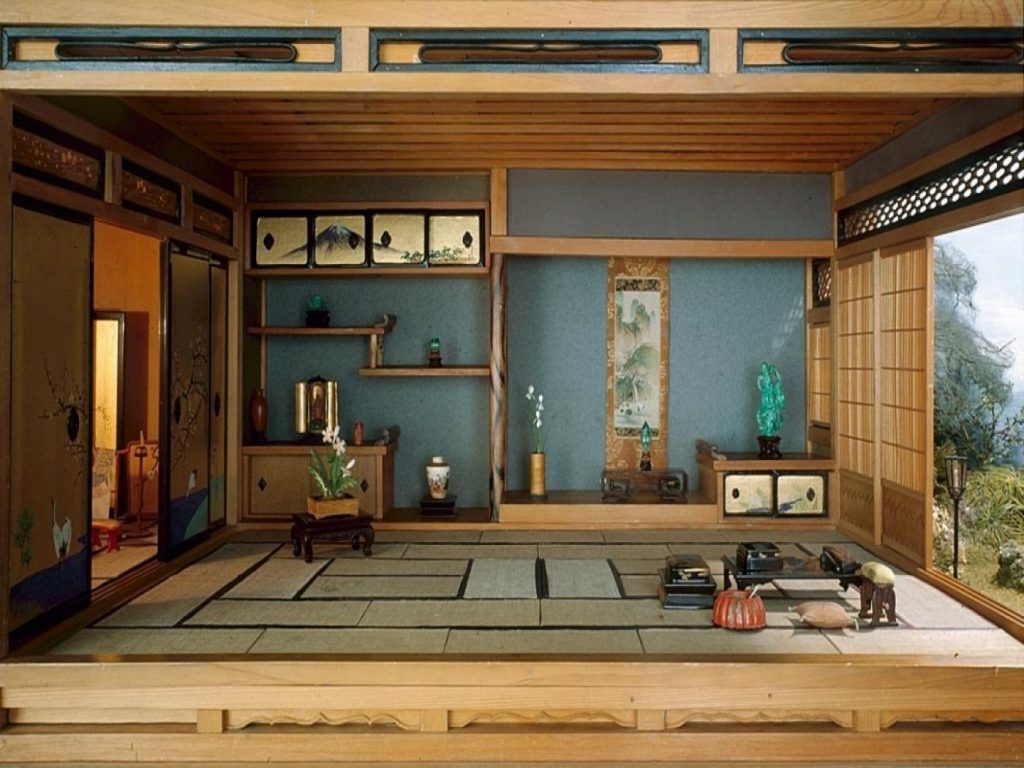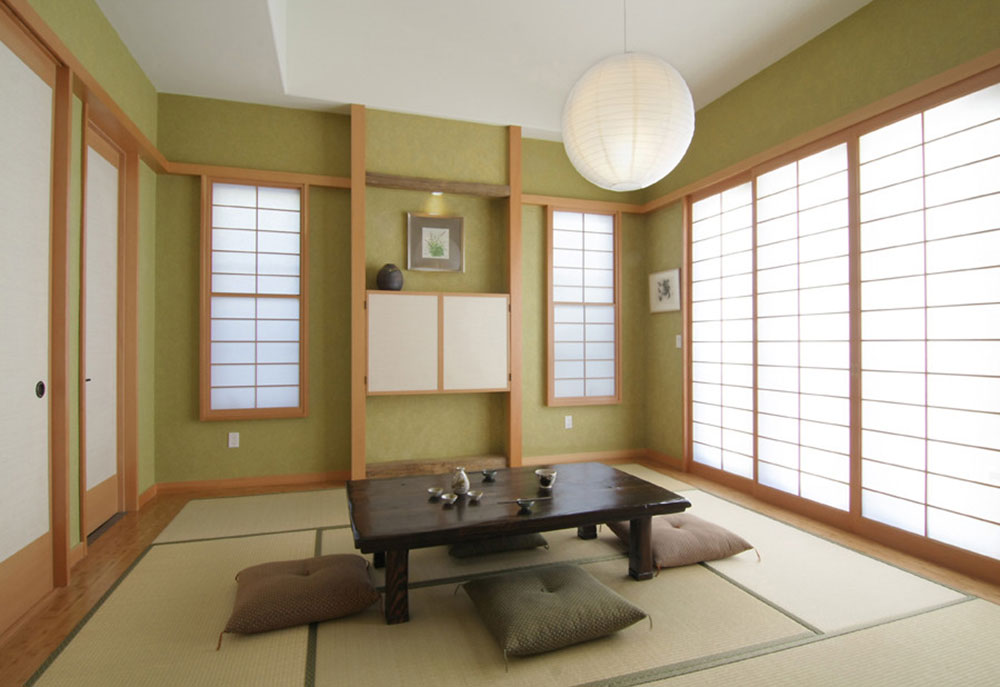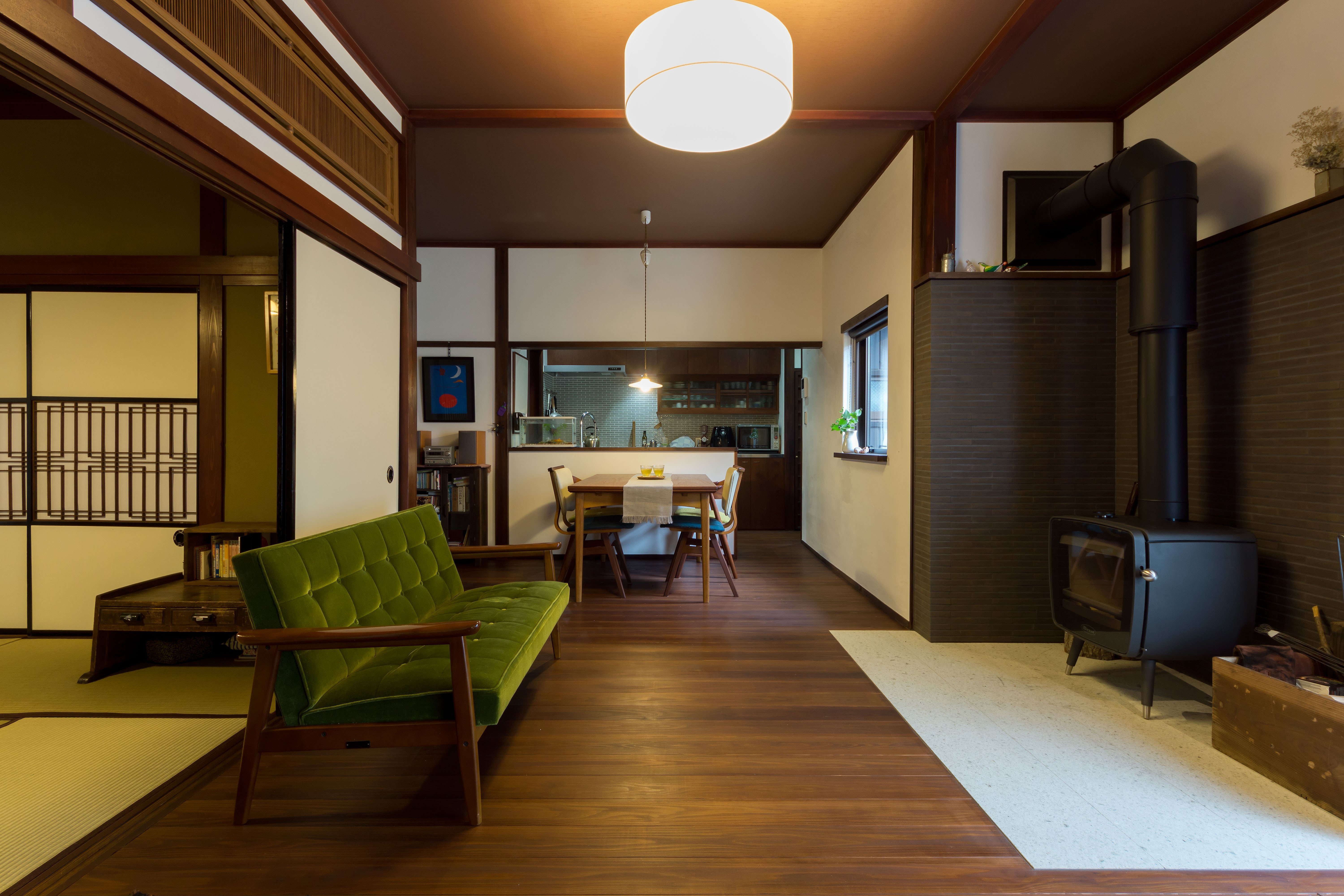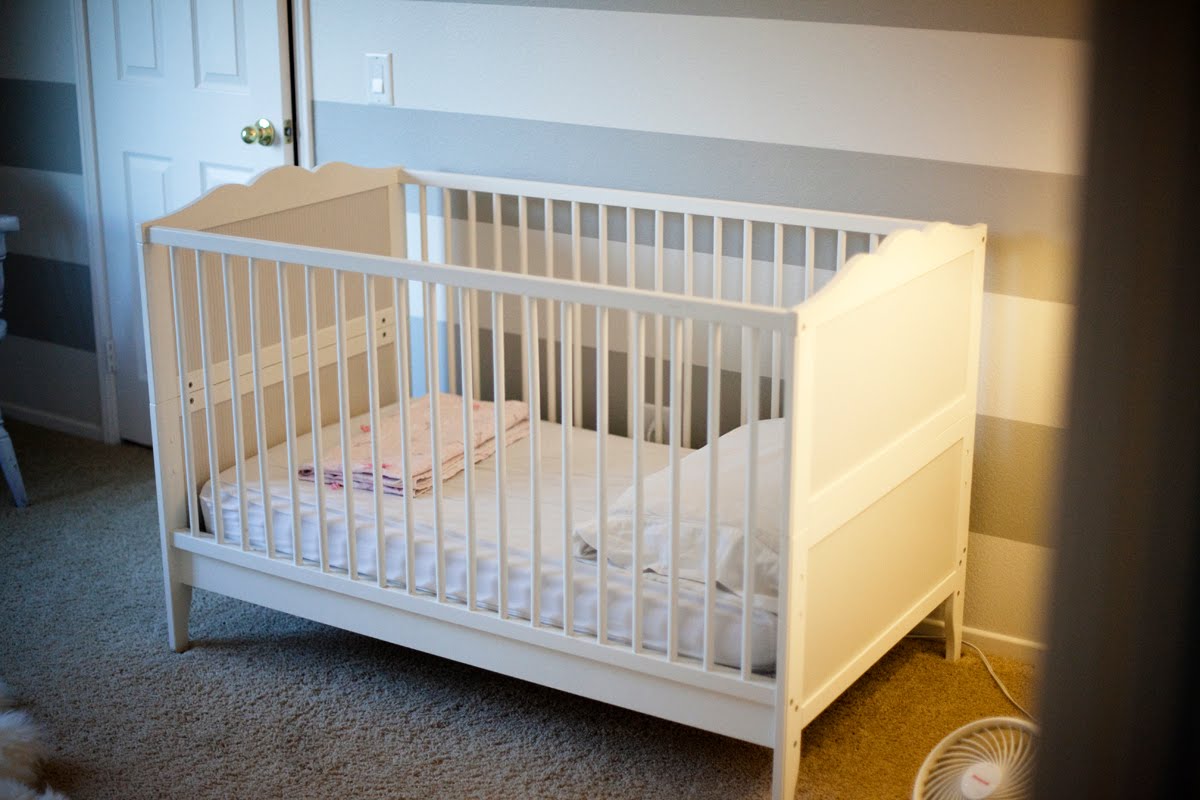Modern Japanese Living Room Layout Ideas
Japanese design has been a major influence in modern interior design, and the living room is no exception. The clean lines, minimalism, and natural elements of Japanese style make it a popular choice for creating a peaceful and inviting living space. If you're looking to update your living room with a modern Japanese touch, here are 10 layout ideas to inspire you.
Japanese Style Living Room Design
A true Japanese living room design embodies the principles of simplicity and balance. The color palette is often neutral, with pops of natural colors like green and brown. Furniture is typically low to the ground, with clean lines and a minimalist aesthetic. Use futon or tatami mats for seating and a low kotatsu table for a traditional touch.
Minimalist Japanese Living Room
For a more modern take on Japanese style, opt for a minimalist living room layout. Keep furniture to a minimum and focus on clean lines and a clutter-free space. Consider incorporating elements of nature, such as a bonsai tree or bamboo plant, for a touch of serenity.
Tatami Living Room Design
A tatami living room design is a traditional Japanese approach that uses tatami mats as flooring and seating. These mats are made from natural materials and provide a soft and comfortable surface for sitting and sleeping. This layout is perfect for creating a cozy and inviting space.
Futon Living Room Layout
In Japanese homes, the living room often doubles as a bedroom. This is where a futon layout comes in handy. A futon is a traditional Japanese mattress that can be rolled out for sleeping and then stored away during the day. This versatile layout is perfect for small spaces or for those who want to embrace the Japanese lifestyle.
Zen Living Room Decor
Zen is a major influence in Japanese design, and incorporating Zen elements into your living room can help create a peaceful and calming atmosphere. Use natural materials like wood and stone, and add elements of nature such as plants or a water feature. Keep the space clutter-free and focus on creating a sense of balance and harmony.
Shoji Screen Room Divider
A shoji screen is a traditional Japanese room divider that can add a touch of elegance and functionality to your living room. These screens are made of translucent paper and wood frames, allowing light to filter through while still providing privacy. Use a shoji screen to divide your living room into different areas, or as a decorative piece.
Japanese Tea Room Design
In traditional Japanese homes, the living room is often used as a space for tea ceremonies. If you want to add a unique touch to your living room, consider incorporating elements of a tea room. Use a low table and floor cushions for seating, and add a tokonoma (alcove) for displaying art or decorative items.
Open Concept Japanese Living Room
In modern Japanese design, there is a focus on creating a seamless flow between indoor and outdoor spaces. An open concept living room layout allows for natural light and fresh air to flow through the space, creating a connection to nature. Use large windows, sliding doors, and natural materials to achieve this look.
Traditional Japanese Living Room Interior
If you want to fully embrace traditional Japanese design, opt for a traditional living room interior. This includes elements such as fusuma (sliding doors), tokonoma (alcove), and shoji screens. Use natural materials like wood, bamboo, and paper to create a warm and inviting space that embodies the essence of Japanese design.
Incorporating Japanese design into your living room can create a peaceful and inviting space that will bring a touch of serenity to your home. Whether you prefer a more modern or traditional approach, these 10 layout ideas can help you achieve the perfect modern Japanese living room. Remember to keep it simple, use natural elements, and focus on creating balance and harmony for a truly authentic Japanese living experience.
The Influence of Traditional Japanese Aesthetics in Modern Living Room Layouts

Embracing Minimalism and Simplicity
 The modern Japanese living room design is heavily influenced by traditional Japanese aesthetics, which places a strong emphasis on minimalism and simplicity. This design philosophy is rooted in the Japanese concept of
wabi-sabi
, which celebrates the beauty in imperfection and impermanence. In a modern Japanese living room, you will often find clean lines, neutral colors, and a lack of clutter.
The modern Japanese living room design is heavily influenced by traditional Japanese aesthetics, which places a strong emphasis on minimalism and simplicity. This design philosophy is rooted in the Japanese concept of
wabi-sabi
, which celebrates the beauty in imperfection and impermanence. In a modern Japanese living room, you will often find clean lines, neutral colors, and a lack of clutter.
Bringing Nature Indoors
 Another key aspect of modern Japanese living room layouts is the incorporation of nature. In traditional Japanese homes, nature is seen as an integral part of the living space, and this has carried over into modern design. You will often find large windows that allow natural light to flood the room, as well as elements such as indoor gardens or natural materials like wood and bamboo.
Another key aspect of modern Japanese living room layouts is the incorporation of nature. In traditional Japanese homes, nature is seen as an integral part of the living space, and this has carried over into modern design. You will often find large windows that allow natural light to flood the room, as well as elements such as indoor gardens or natural materials like wood and bamboo.
Multi-functional Furniture
 In a country where space is limited, Japanese design is all about maximizing functionality. This is reflected in modern Japanese living rooms, where furniture serves multiple purposes. For example, a low coffee table may also double as a dining table, and a sofa can easily be transformed into a bed. This not only saves space but also adds to the minimalist aesthetic of the room.
In a country where space is limited, Japanese design is all about maximizing functionality. This is reflected in modern Japanese living rooms, where furniture serves multiple purposes. For example, a low coffee table may also double as a dining table, and a sofa can easily be transformed into a bed. This not only saves space but also adds to the minimalist aesthetic of the room.
Maintaining Harmony and Balance
 Japanese design is all about creating a harmonious and balanced space. In a modern Japanese living room, you will often find a symmetrical layout, with furniture and decor carefully placed to create a sense of balance. The
feng shui
principles of energy flow and harmony are also taken into consideration when designing the space.
Japanese design is all about creating a harmonious and balanced space. In a modern Japanese living room, you will often find a symmetrical layout, with furniture and decor carefully placed to create a sense of balance. The
feng shui
principles of energy flow and harmony are also taken into consideration when designing the space.
Merging Traditional and Modern Elements
 While modern Japanese living rooms may have a minimalist and simplistic design, they also incorporate traditional elements to create a sense of cultural identity. This can be seen in the use of traditional Japanese art, such as calligraphy or woodblock prints, as well as the incorporation of
shoji
screens or
tatami
mats. This fusion of traditional and modern elements adds depth and character to the living space.
In conclusion, modern Japanese living room layouts are a perfect blend of traditional aesthetics and modern design principles. With a focus on minimalism, nature, functionality, harmony, and cultural identity, these living rooms offer a serene and inviting atmosphere that reflects the essence of Japanese culture. By incorporating these elements into your own living room design, you can create a space that is not only beautiful but also functional and harmonious.
While modern Japanese living rooms may have a minimalist and simplistic design, they also incorporate traditional elements to create a sense of cultural identity. This can be seen in the use of traditional Japanese art, such as calligraphy or woodblock prints, as well as the incorporation of
shoji
screens or
tatami
mats. This fusion of traditional and modern elements adds depth and character to the living space.
In conclusion, modern Japanese living room layouts are a perfect blend of traditional aesthetics and modern design principles. With a focus on minimalism, nature, functionality, harmony, and cultural identity, these living rooms offer a serene and inviting atmosphere that reflects the essence of Japanese culture. By incorporating these elements into your own living room design, you can create a space that is not only beautiful but also functional and harmonious.


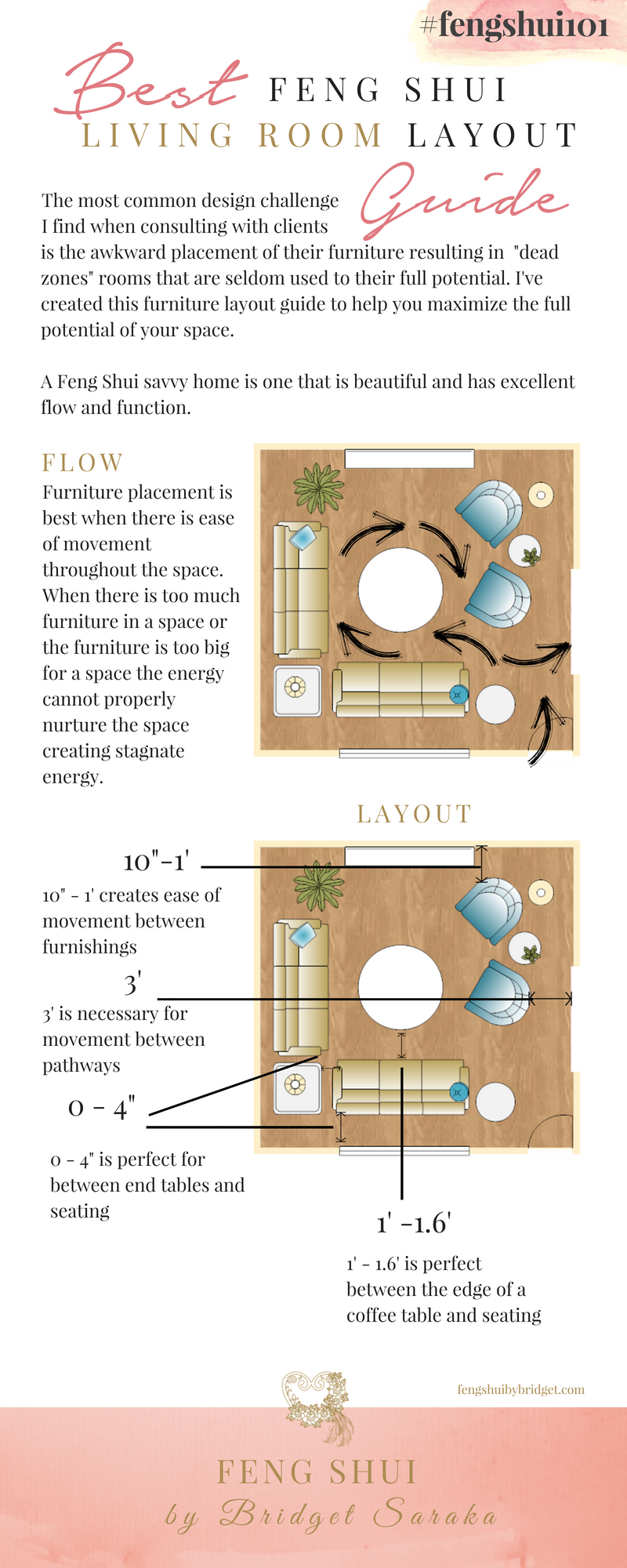




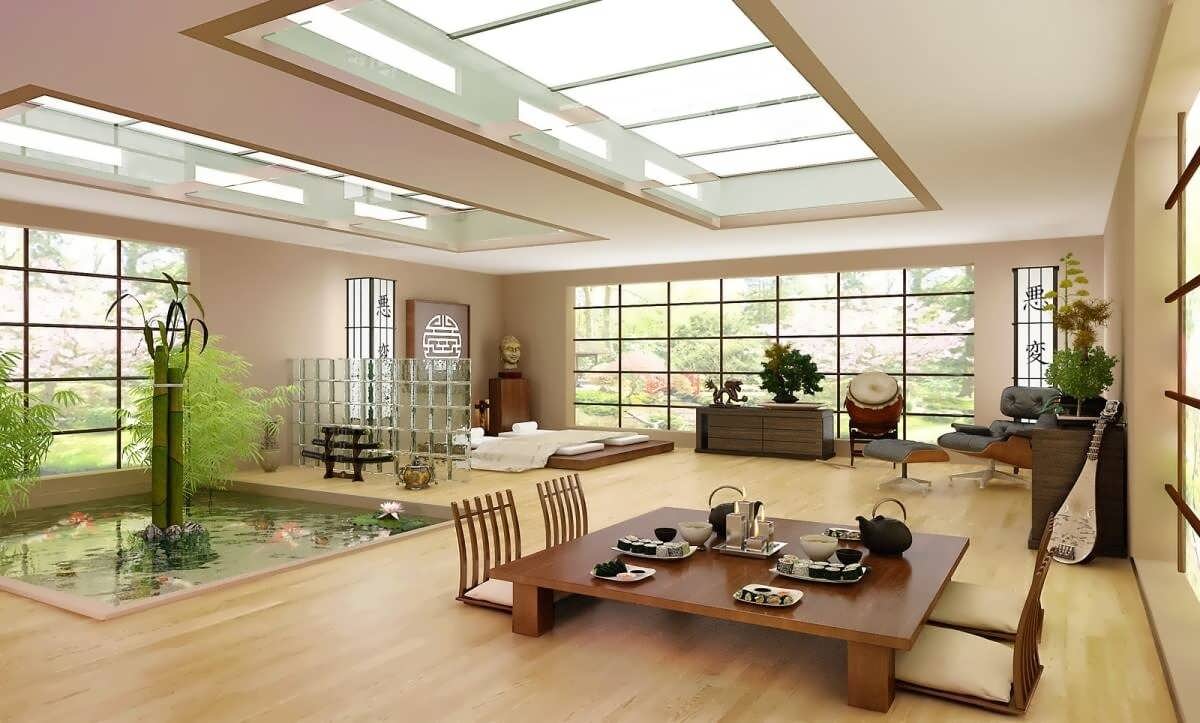


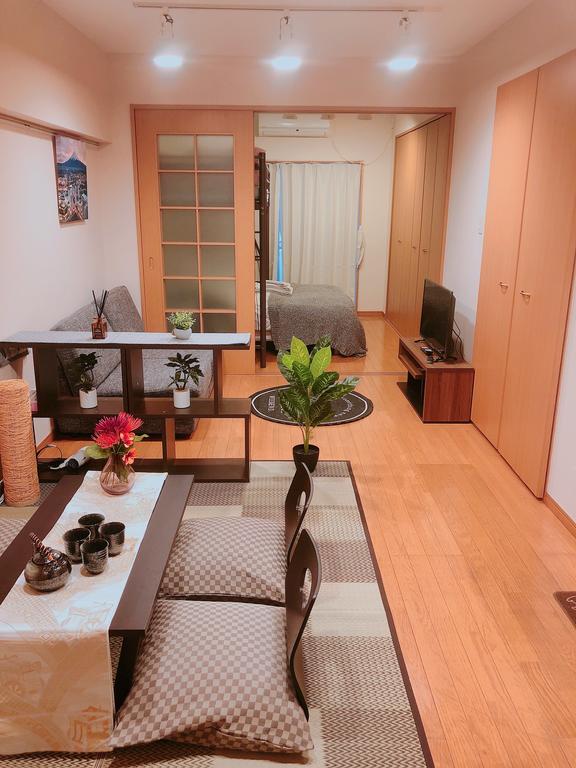
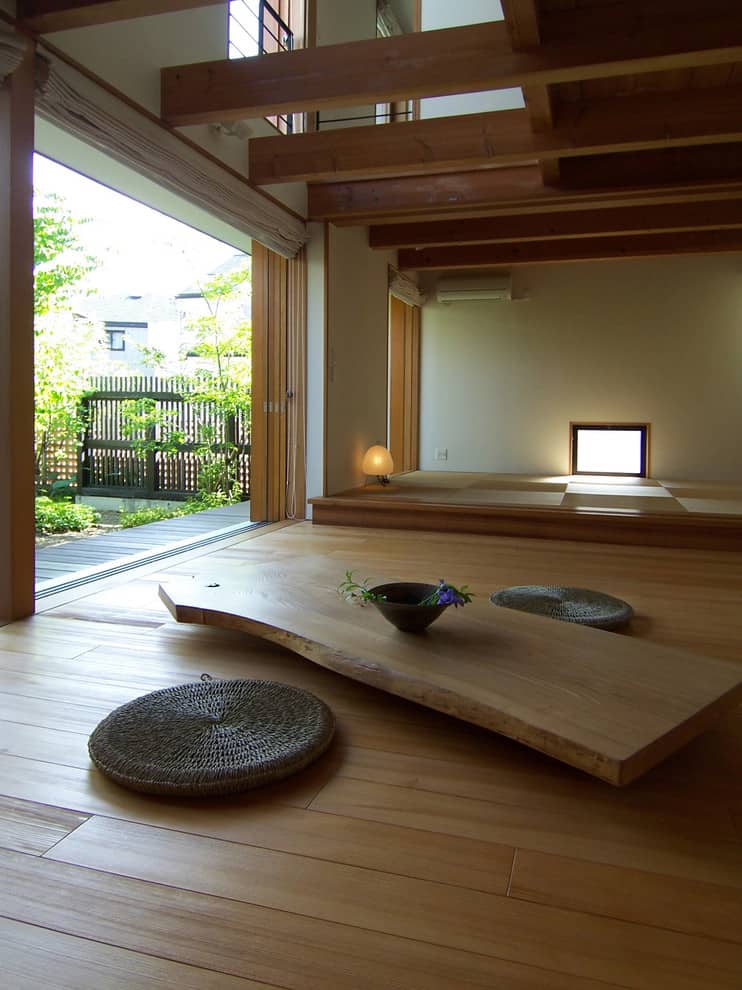

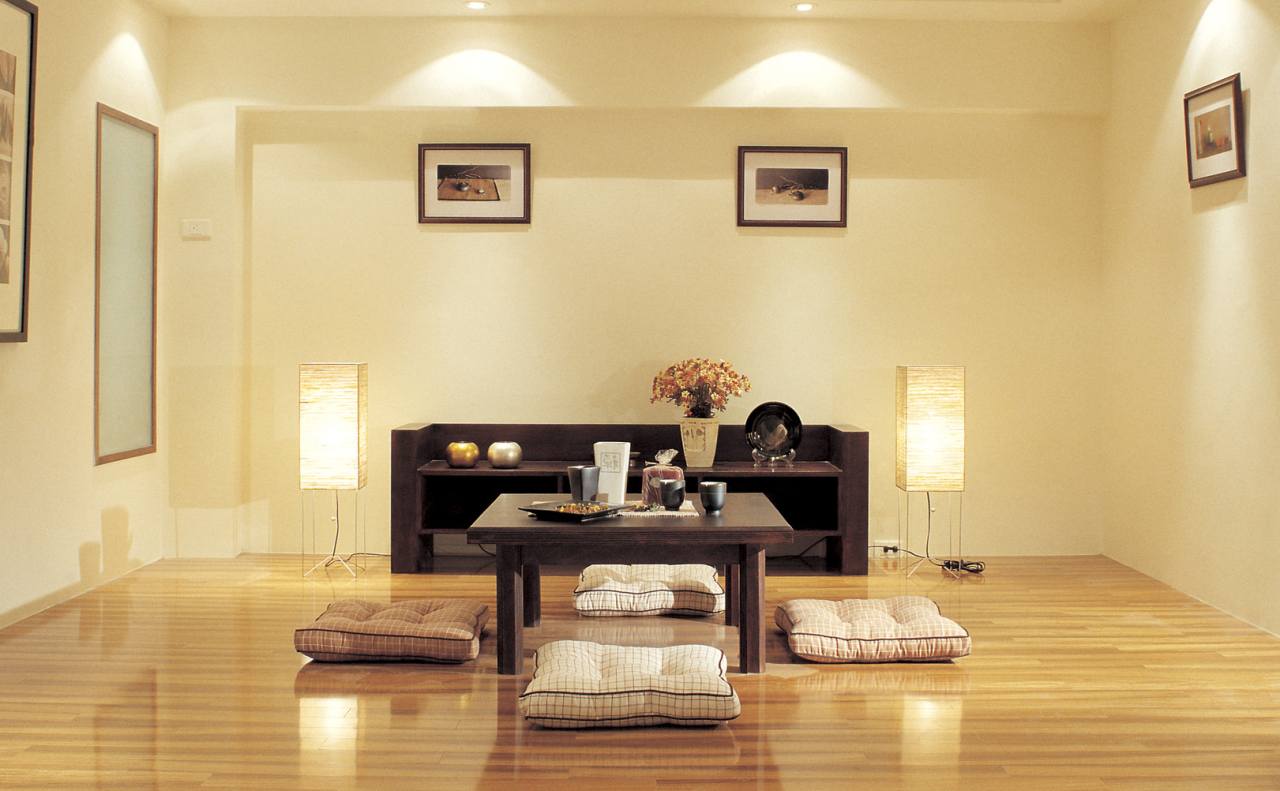
.jpg)



